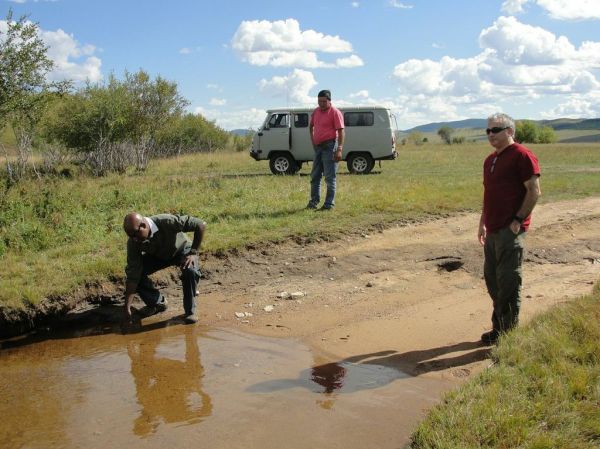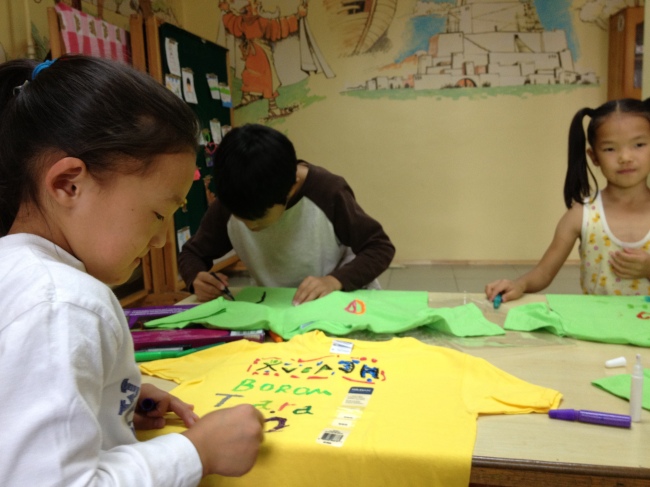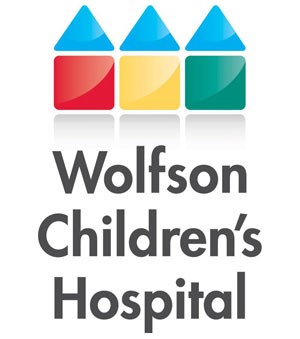Aside from working in the orphanage, I met with three different people to learn about Mongolia’s public health infrastructure. First, I met with the Women and Children’s hospital psychologist. Unfortunately, she and one social worker are the only mental health providers for the entire hospital. On top of that, they spend the majority of their time doing organizational psychology (i.e. counseling hospital staff to prevent burnout). She explained to me that there are very few mental health resources in Mongolia aside from a psychiatric hospital for the severely mentally ill.
I also met with a public health PhD student from the Mongolia University of Health and Sciences. She is a physician of traditional eastern medicine and now studies air pollution in Ulaanbaatar. According to her, the government of Mongolia is extremely corrupt so it makes it very difficult to effect change in the health policy field. As a result, most of her colleagues have moved to other countries- however, she has such deep roots in Mongolia and is determined to improve her homeland. She explained to me some of the major public health issues they face, including infectious diseases like TB and Hepatitis, poor oral health, alcoholism, car accidents especially in the countryside, and air pollution in the city.
Lastly, the hospital social worker took Adam and me over to the university to meet with Sugarma, a professor of health social work. She was impressive in her approachability and knowledge. She is a physician by training but is very interested in the psychosocial determinants of health and she actually spent some time at Columbia University as a visiting scholar. Sugarma told us a little about the university, which houses the degree programs for medicine, dentistry, pharmacy, public health, social work, nursing, occupational therapy, physical therapy, and other allied health professions. She mentioned most of the same public health issues as listed above but we talked a little more about Hepatitis C in Mongolia. Prior to 1990, needles were sterilized and re-used – as a result, Hepatitis C became overwhelmingly common among a whole generation of Mongolians. Now, although all the hospitals use disposable syringes, Hep C is still seen in a significant number of the hem/onc patients who my dad saw this week. Presumably the blood bank tests all the blood before sending it to the hospital, however, the high prevalence among children who receive blood transfusions regularly seems concerning. Also, many of the chemotherapy drugs affect the liver so the hem/onc docs have to dose and titrate the medicines with extreme caution for patients exposed to Hep C.
Sugarma also explained a little about the health care system in Mongolia. Essentially, there are primary, secondary, and tertiary health centers. At the primary health care center, patients are not required to pay anything out of pocket. At the secondary health center, adult patients are required to pay 10% of the health care bills and at the tertiary health center, adult patients are required to pay 15% of the health care bills. Children and the elderly receive free health care. If a family cannot afford to pay out of pocket, there is no safety net nor social program to help them afford the doctor’s visits. The professor notes that this is a huge gap in access to health care. Also, each primary care doctor has about 2,000-3,000 patients each year so they are stretched beyond capacity.
Transportation is also a significant barrier to improving the health of the Mongolians. Only 3% of the roads in Mongolia are paved – a fact I can attest to after experiencing the countryside for the past few days. To travel from the countryside to a district hospital or a specialty hospital could take days and may be nearly impossible in the winter months. As the country progresses, its leaders will have to find a balance between preserving the unique nomadic way of life and incorporating westernized medicine to maximize the health and prosperity of its people.
-Jenna Sandler













